Laser cutting principle and application
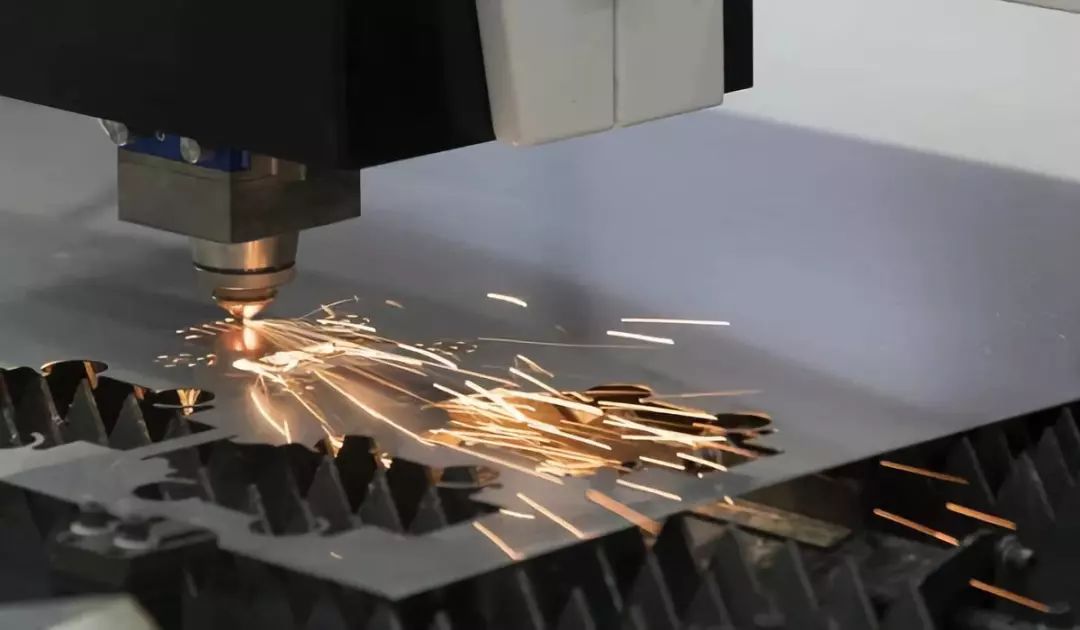
The principle of laser cutting is based on the heat generated by the laser beam irradiating the surface of material for cutting. When the laser beam irradiates the surface of the material, two important phenomena occur: **the laser beam is absorbed by the material and generates, while also producing intense radiation light**. This heat and radiation light are sufficient to melt or vaporize the surface of the material, forming a cut. Specifically laser cutting can be divided into the following steps:
1. The laser beam is irradiated onto the surface of the material to be cut, and the material absorbs laser beam and generates heat.
2. The heat causes the surface of the material to melt or vaporize, forming a cut.
3. As the laser beam, a cutting line is formed, cutting out the desired shape.
It is worth noting that laser cutting requires the selection of suitable materials and cutting methods to ensure the and effect of the cut. Additionally, laser cutting can be combined with other technologies, such as robot technology and numerical control technology, to achieve more efficient and precise operations.
Laser cutting is a high-precision, high-efficiency cutting method widely used in various material processing fields. Its principle is to use the high energy of the laser beam to locally heat the material surface to above its melting point, and then blow away the molten material through gas flow or mechanical force to achieve.
The main equipment for laser cutting includes a laser, optical system, cutting head, and control system. The laser is the core component of laser cutting, and laser beam it generates is focused and reflected through the optical system, finally focusing at the focal point of the cutting head. Inside the cutting head is a small hole through which a high-speed gas flow is sprayed to blow away the molten material, thus achieving cutting.
The advantages of laser cutting lie in its high precision, efficiency, non-contact, and pollution-free characteristics. Due to the linearity and high energy density of the laser beam, it can achieve very fine cutting lines and patterns, and can also cut materials of various hardness and thickness. Additionally, since laser cutting does not require contact with the material, it does not cause mechanical or thermal deformation, ensuring the stability and consistency of the cutting quality.
The application range of laser cutting is very wide, including metal materials, non-metal materials, and rubbers, paper, fabrics, etc. In the field of industrial manufacturing, laser cutting is widely used in the automotive, aviation, aerospace, electronics,, and other industries for manufacturing parts, tools, circuit boards, medical devices, etc. In the field of art design, laser cutting is also used to make artworks, decorations, gifts, etc.
Laser cutting is a high-precision, high-efficiency, non-contact, and pollution-free cutting method with a wide range of applications and market demand. With the continuous development and innovation of laser technology, laser cutting will be applied and promoted in more fields
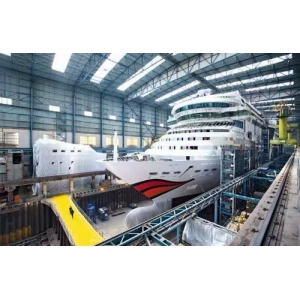 Application of laser cutting i
Application of laser cutting i
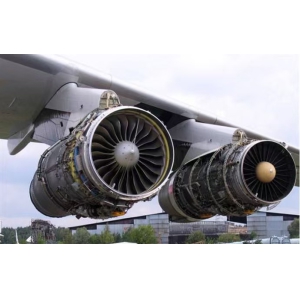 Application of laser cutting i
Application of laser cutting i
 Laser cutting is widely used i
Laser cutting is widely used i
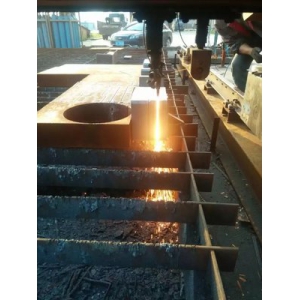 The advantage of laser tube cu
The advantage of laser tube cu
